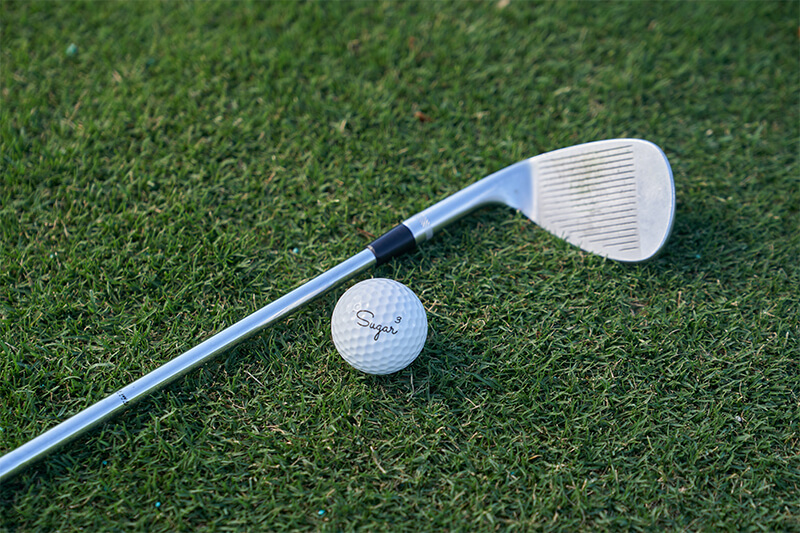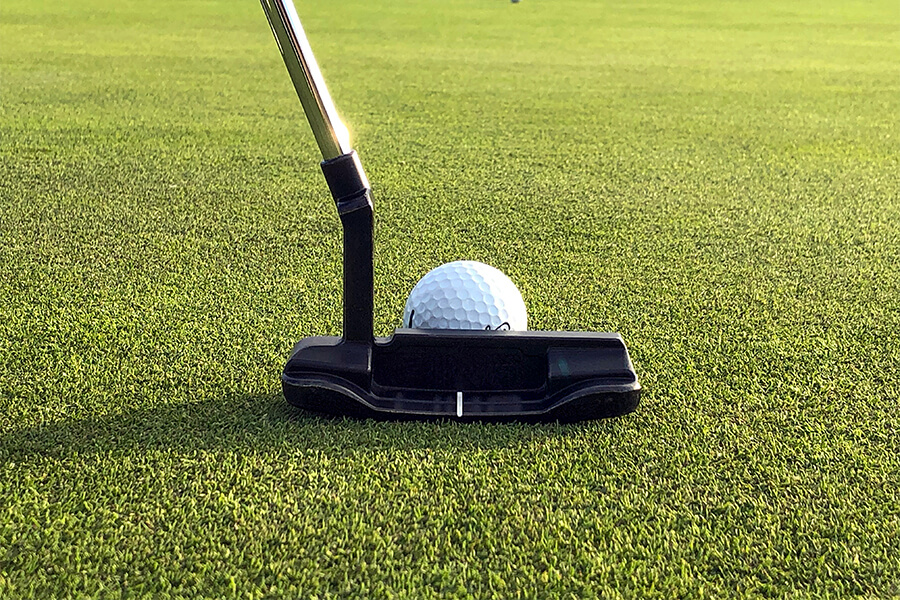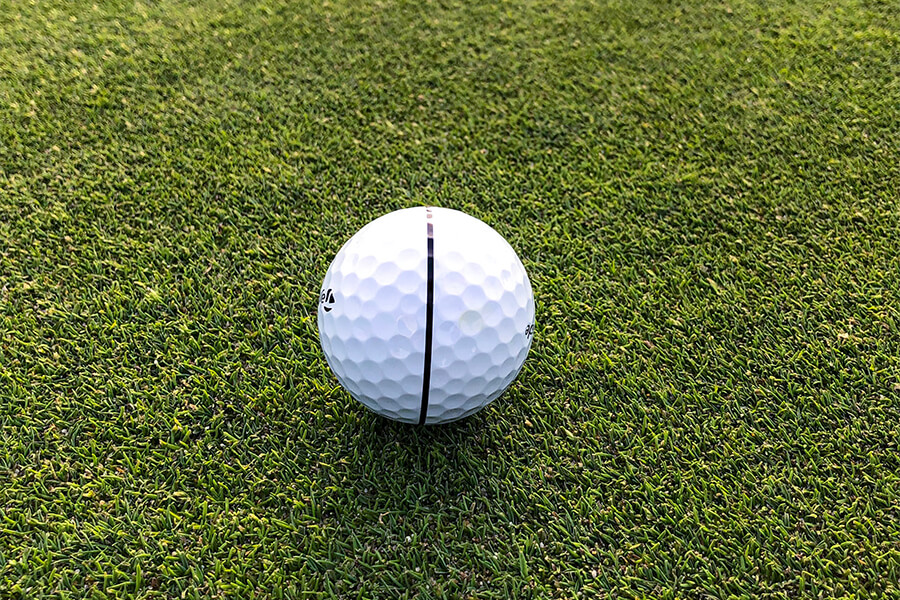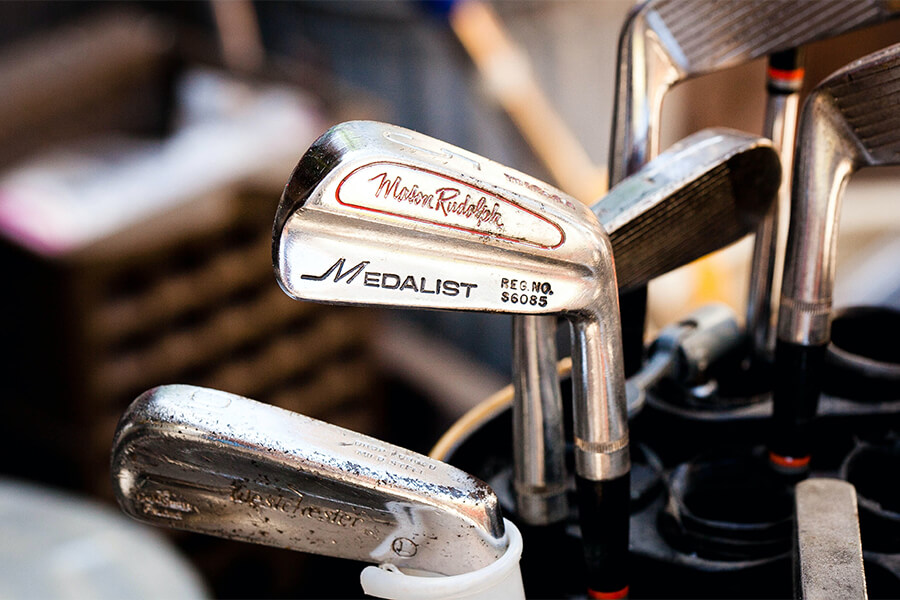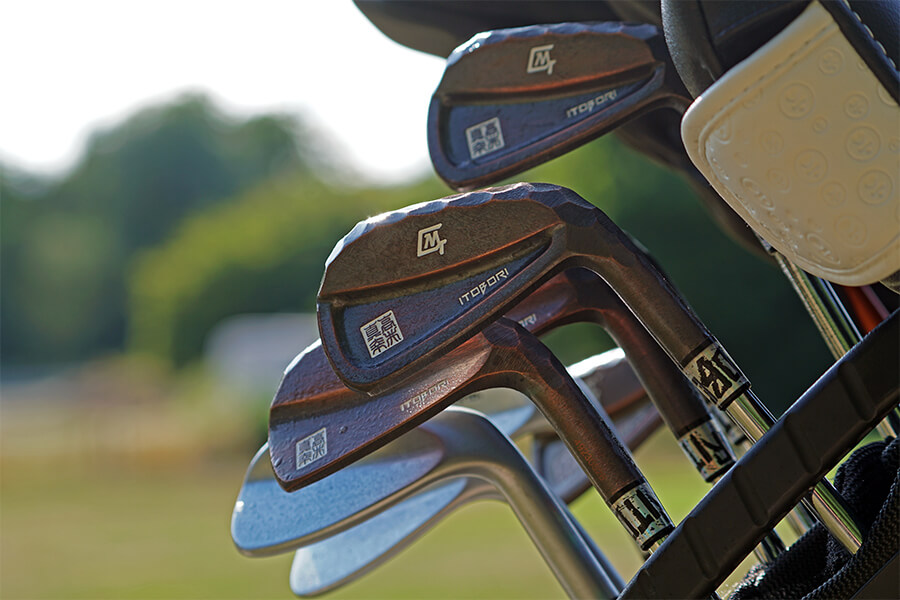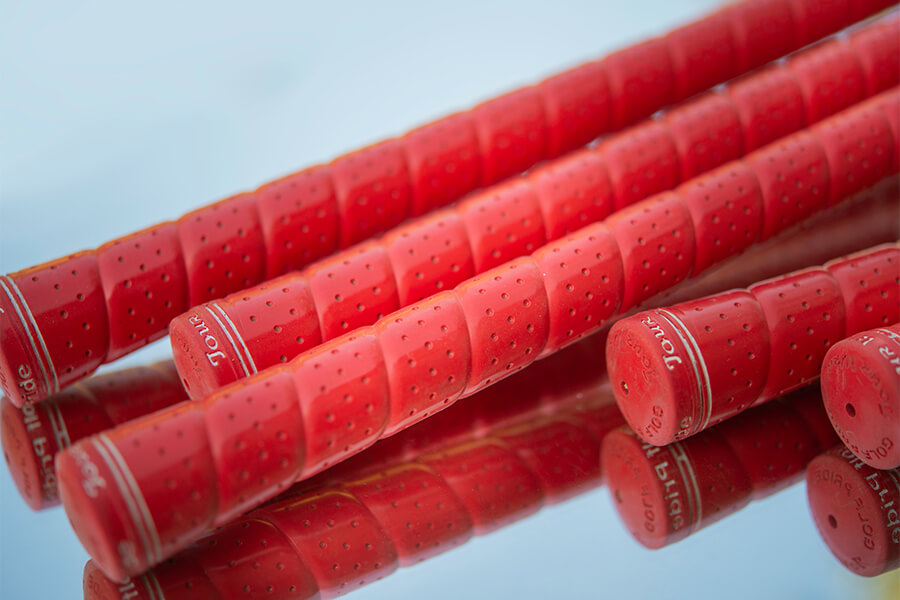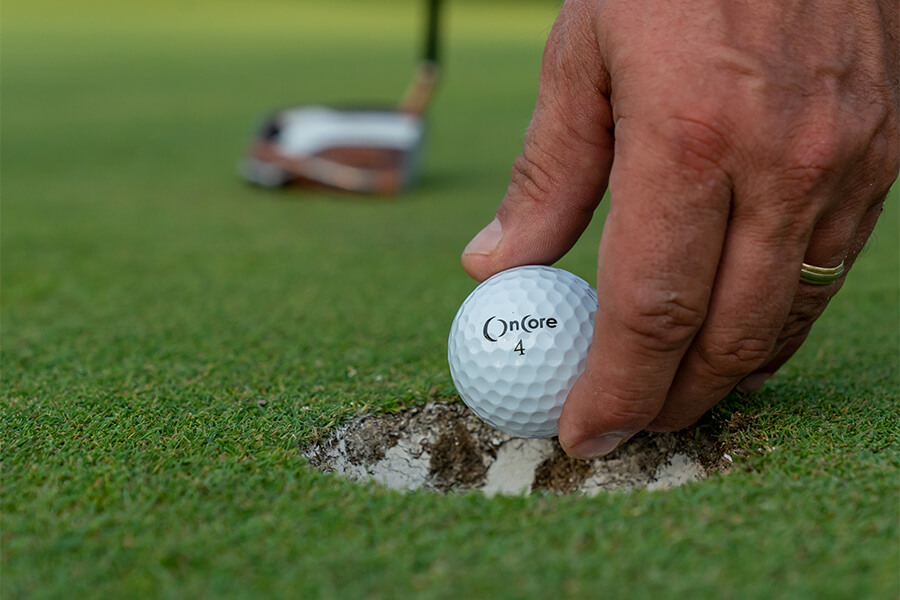Golf’s crucial chipping technique is something you should get good at if you want to lower your scores. Here is a guide to help you become a better chipper and earn lower scores:
Step 1: Grips
Your chipping technique is built on how you hold the golf club. You’ll have more control over the club thanks to a firm grip, which will also help you strike the ball more precisely. Use a neutral grip, pointing the Vs created by your thumb and index finger on both hands (for right-handed golfers) toward your right shoulder.
Step 2: Pose
The success of your chipping technique depends on your stance. Place your feet shoulder-width apart and balance your weight equally. Maintain a tiny bend in your knees, and keep your back straight. You’ll have a solid foundation from which to build.
Step 3: Ball placement
When chipping, the position of the ball is crucial. For right-handed golfers, the ball should be placed forward in your stance, just inside your left heel. This will enable you to strike the ball with a downward blow and produce backspin.
Step 4: Swing
The swing is essential to a successful chip shot. Keep your wrists firmly in place the entire time you swing, using a smooth, pendulum-like motion. To strike the ball in the middle of the clubface and generate backspin, which will aid in a speedy halt on the green, is the objective.
Step 5: Carry through
The last stage of chipping is the follow-through. Your hands should continue to swing through after impact, aiming the clubface upward. This will enable you to keep the club under control and ensure a fluid ending to your swing.
Practice your chipping technique as much as you can, according to these tips. Your swing will become more natural as you practice, and your shots will become more precise. -Use a variety of clubs, such as wedges, irons, and hybrids, when chipping the ball. The bounce and loft of each club varies, which will have an impact on how the ball responds. -Aim for a fluid swing with a downward blow on the ball as you visualize the landing area.
More tips
- Try out various swing lengths and clubface angles to see what feels most comfortable for you.
- Keep in mind that maintaining a straightforward, repetitive swing is essential for chipping. During a round, avoid making significant adjustments to your swing or grip.
- It’s crucial to keep in mind that chipping involves both skill and course management. When you are on the course, pay attention to the wind direction and speed as well as the slope and curves of the greens. This will enable you to select the ideal club and shot for every circumstance.
- Here are a few more pointers to help you become a better chipper:
- Utilize the sand wedge: The sand wedge is a fantastic club for chipping as well as getting out of bunkers. It is simple to pull the ball out of dense rough or constricting lies because to its wide sole and high loft.
- Try a high-lofted club: When you’re close to the green, high-lofted clubs, such as a 9-iron or pitching wedge, can be fantastic for chipping. They can assist you in getting the ball into the air quickly and are easier to control than clubs with lower lofts.
- Try out various clubface angles. An open or closed clubface angle can alter the trajectory and direction of your shots. Try out various perspectives to see which suits you the best.
- Experiment with varied lies to improve your chipping technique. For example, try chipping from tight lies, thick rough, or uphill and downhill slopes. You will gain knowledge about how to modify your swing and shot choice for various scenarios.

